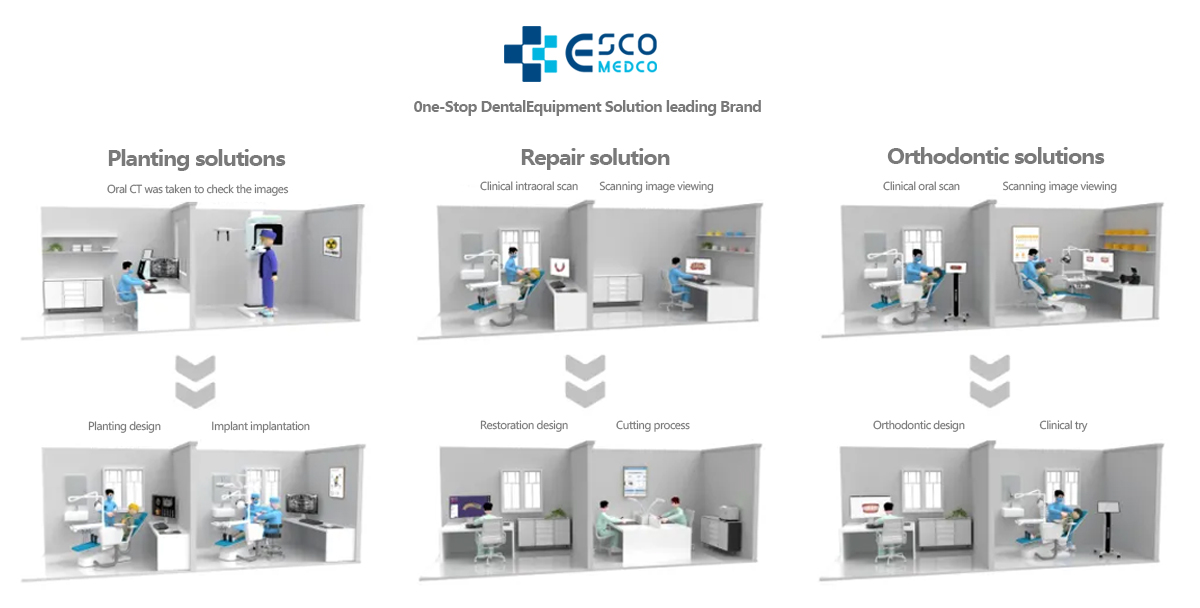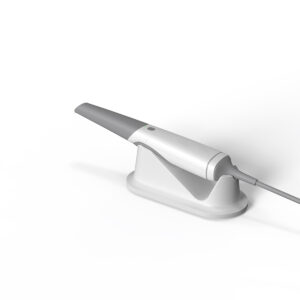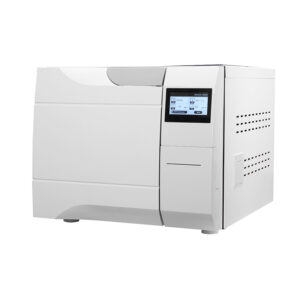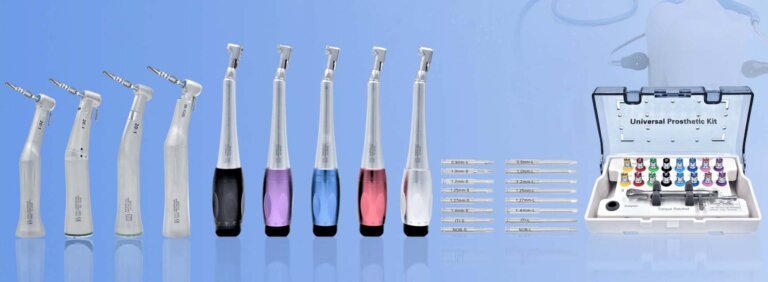If you’re searching for “how much is a dental X-ray machine,” you’ve likely realized that pricing isn’t as straightforward as a single number. Like purchasing a car, the “sticker price” you see often differs from the final negotiated cost. Dental X-ray machines are critical investments for clinics, offering 2D or 3D imaging to support diagnoses, treatment planning, and patient care. In this guide, we’ll break down the costs of modern digital dental X-ray systems, explore factors influencing pricing, and share insights to help you make an informed decision.
Understanding Dental X-Ray Machine Types and Their Costs
Before diving into specific numbers, it’s essential to identify which type of dental X-ray machine aligns with your practice’s needs. The system you choose—whether 2D, 3D, or hybrid—will significantly impact the final price. Let’s explore the categories:
1. 2D panoramic dental x ray machine cost: Affordable Basics

For general practices focused on routine exams, a 2D panoramic X-ray machine provides foundational imaging at a lower cost. These systems generate wide-view images of the teeth, jaw, and sinuses, ideal for detecting cavities, impacted teeth, and bone abnormalities.
- Average Cost: 20,000–30,000
- Key Features: Adjustable zoom, cephalometric compatibility (in some models), and upgradeability to 3D.
While budget-friendly, 2D systems lack the advanced diagnostic capabilities of 3D imaging. However, they remain a practical choice for clinics prioritizing cost-efficiency.
2. Panoramic/Cephalometric (Pan/Ceph) Machines: Mid-Range Versatility
Orthodontists and oral surgeons often require cephalometric imaging to analyze facial bone structure. Pan/Ceph machines combine panoramic and cephalometric modes, making them versatile for practices offering orthodontic treatments.
- Average Cost: 30,000–50,000
- Key Considerations: Some models allow future upgrades to CBCT, but this requires additional investment.
3. 3D CBCT Machines: Premium Precision

When it comes to capturing intricate details of a patient’s anatomy, nothing rivals Cone Beam Computed Tomography (CBCT). Imagine visualizing nerve pathways with submillimeter accuracy or mapping bone density for an implant—all through a single 15-second scan emitting less radiation than a cross-country flight. This is why forward-thinking clinics now treat CBCT not as a luxury, but as the non-negotiable backbone of modern procedures. From navigating tricky root canal anatomies to plotting orthognathic surgery trajectories, these 3D imaging workhorses have redefined what’s possible in precision dentistry.
- Average Cost:
- Small FOV (Focus on single arches): 50,000–75,000
- Medium/Large FOV (Full jaw or facial imaging): 75,000–150,000+
- Factors Influencing Price:
- Field of View (FOV): Larger FOV = higher cost.
- Software: Advanced diagnostic tools (e.g., airway analysis, implant planning) add value.
- Brand Reputation: Established brands like Planmeca or Carestream often command premium pricing.
Some CBCT systems include 2D panoramic and cephalometric modes, eliminating the need for separate scans. For example, i-CAT’s imaging software can extract 2D views from a single 3D scan, streamlining workflows.
4. Portable Dental X-Ray Machines: Compact and Cost-Effective
Portable X-ray units are growing in popularity due to their affordability and flexibility. These handheld or wall-mounted systems are ideal for small clinics, mobile practices, or as backup units.
- Average Market Cost: 6,00–15,00
- ESCO Dental’s Competitive Edge:
- Portable Units: Priced 30% below market averages at 300–420.
- Distributor Rates: Up to 50% lower than retail prices.

ESCO Dental’s portable systems undergo rigorous quality testing and include warranties, installation support, and training—making them a smart choice for cost-conscious buyers.
What Impacts the Cost of a Dental X-Ray Machine?
When evaluating “how much is a dental X-ray machine,” consider these variables:
- Technology Tier: 2D systems are cheaper but lack 3D diagnostic depth.
- Software Capabilities: AI-driven diagnostics or cloud integration increase costs.
- Brand and Support: Premium brands offer reliability but at higher prices.
- Upgradeability: Future-proof systems may cost more upfront but save long-term.
- Warranty and Service: Comprehensive service plans add value but also expense.
Hidden Costs to Consider
Beyond the machine itself, factor in:
- Installation: 1,000–5,000 (varies by system complexity).
- Training: 500–2,000 for staff certification.
- Maintenance: Annual service contracts average 2,000–5,000.
Why Choose ESCO Dental?
As a leader in certified dental imaging solutions, ESCO Dental bridges the gap between affordability and quality. Our team provides:
- Unbiased Guidance: We match you with the best system for your needs, regardless of brand.
- Cost Savings: Portable units priced 30–50% below competitors.
- End-to-End Support: Installation, training, and warranties included.

So, how much is a dental X-ray machine? While 2D systems suit general practices, 3D CBCT machines deliver unmatched diagnostic power for surgical specialties. Portable units, like those from ESCO Dental, offer an economical entry point without sacrificing quality.
Ready to Explore Your Options?
Contact ESCO Dental at (+86) 18344685960 or complete our online form. Providing world-class dental equipment solutions.
Let’s cut through the spreadsheet fog—that moment when the Planmeca’s FOV specs start blurring with the Vatech’s voxel resolution promises. Real cost mastery isn’t about memorizing price tags; it’s about decoding how that extra K for a large-field CBCT pays for itself when your third molar impaction case suddenly reveals an unsuspected sinus perforation risk. Savvy buyers aren’t just balancing numbers—they’re architects building bridges between tomorrow’s implant revenue streams and today’s budget parameters, all while keeping an escape hatch for when the state mandates low-dose pediatric protocols. That’s where your ROI hides: not in the purchase order footnotes, but in the spaces between what the brochure claims and what your last failed sensor array actually cost per corrected image. Whether you’re upgrading or starting fresh, the right investment today will elevate patient care for years to come.








